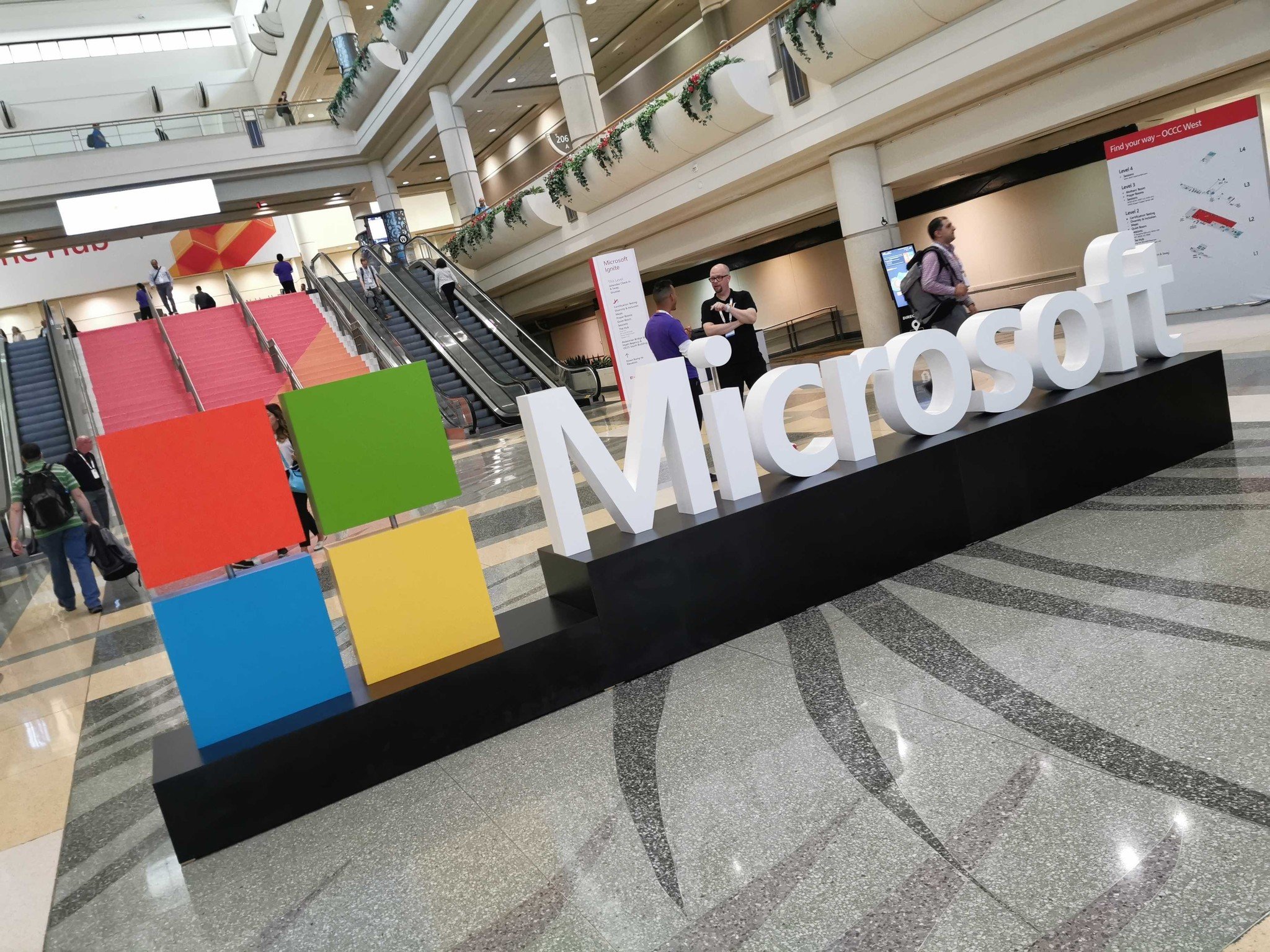Microsoft updates Azure AI platform to help build 'next generation of AI applications'
Microsoft's Azure AI platform just received several updates that help improve efficiency.

What you need to know
- Microsoft announced several updates to the Azure AI platform.
- The new additions include technology that helps medical professionals improve efficiency.
- Neural Text to Speech now supports 15 additional natural-sounding languages.
Microsoft announced several updates for its Azure AI platform, including a feature that helps healthcare professionals. The new tools cover vision, language, and speech, as well as analytics to provide insight into data. Microsoft announced four new features in a blog post, Text Analytics for health preview, Form Recognizer, Custom Commands, and new Neural Text to Speech features.
Azure Cognitive Services can be used to make AI applications that provide insights, save time and money, and improve customer engagement, according to Microsoft. A spokesperson for Microsoft said, "Today Microsoft announced updates to its Azure AI platform, including new capabilities within Azure Cognitive Services aimed at helping customers build the next generation of AI applications."
Text Analytics for health allows health care providers to gather rich insights from unstructured data. For example, someone could enter "ibuprofen" and explore graph relationships. This feature is in preview.
Form Recognizer is now generally available. With Form Recognizer, people can extract information from millions of documents. This can significantly speed up tasks and improve efficiency.
Speech in Cognitive Services now supports Custom Commands. With this feature, developers can create task-oriented voice applications. As outlined by Microsoft, it brings together Speech to Text, Language Understanding, and Text to Speech.
Lastly, Neural Text to Speech now supports 15 additional natural-sounding languages. These languages are based on neural speech synthesis models. The newly supported languages are Salma in Arabic (Egypt), Zariyah in Arabic (Saudi Arabia), Alba in Catalan (Spain), Christel in Danish (Denmark), Neerja in English (India), Noora in Finnish (Finland), Swara in Hindi (India), Colette in Dutch (Netherland), Zofia in Polish (Poland), Fernanda in Portuguese (Portugal), Dariya in Russian (Russia), Hillevi in Swedish (Sweden), Achara in Thai (Thailand), HiuGaai in Chinese (Cantonese, Traditional) and HsiaoYu in Chinese (Taiwanese Mandarin).
You can read about these features in more detail in Microsoft's blog post breaking down the additions.
All the latest news, reviews, and guides for Windows and Xbox diehards.

Sean Endicott is a news writer and apps editor for Windows Central with 11+ years of experience. A Nottingham Trent journalism graduate, Sean has covered the industry’s arc from the Lumia era to the launch of Windows 11 and generative AI. Having started at Thrifter, he uses his expertise in price tracking to help readers find genuine hardware value.
Beyond tech news, Sean is a UK sports media pioneer. In 2017, he became one of the first to stream via smartphone and is an expert in AP Capture systems. A tech-forward coach, he was named 2024 BAFA Youth Coach of the Year. He is focused on using technology—from AI to Clipchamp—to gain a practical edge.
